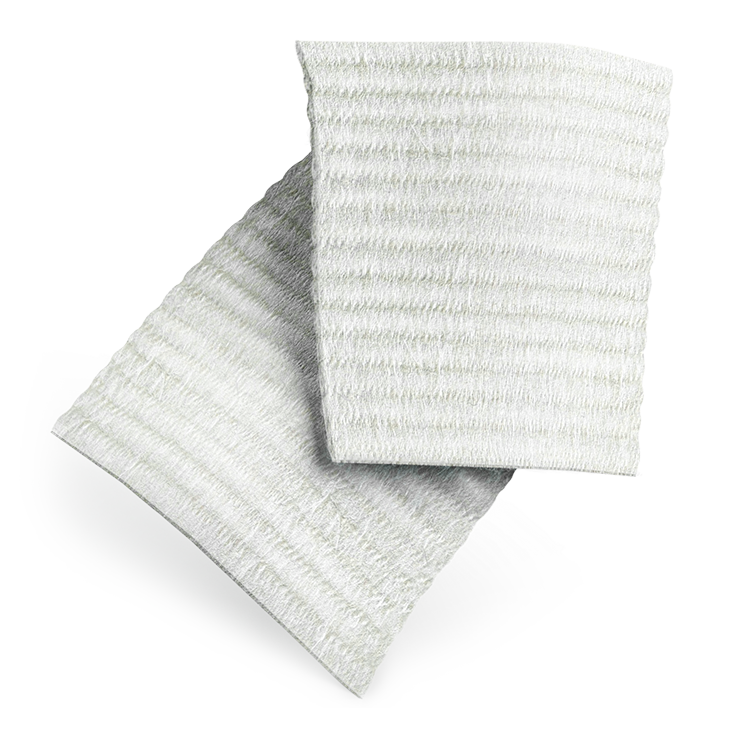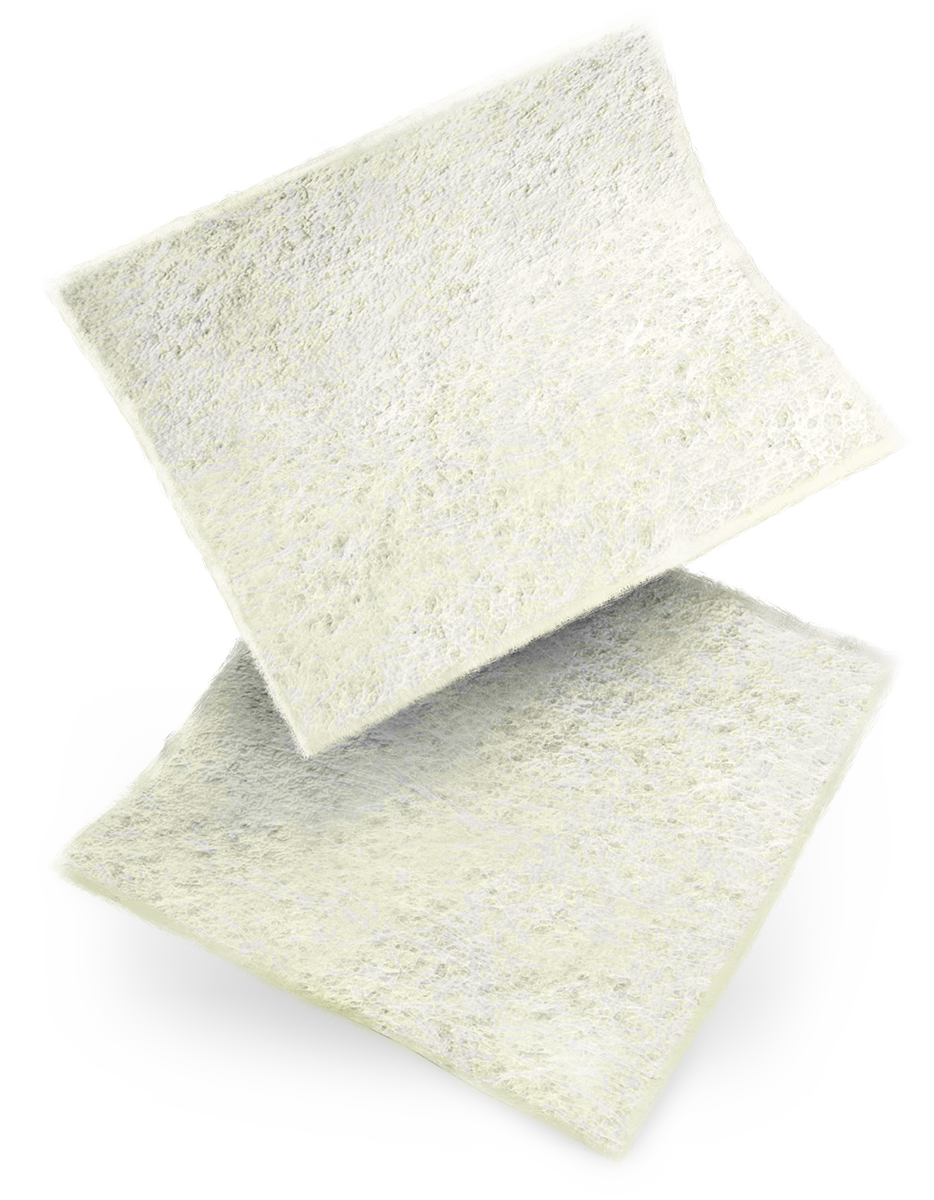Exudate management is an essential aspect of chronic wound care. Exudate is the fluid that is present in a wound, and it contains a variety of substances, including blood plasma, white blood cells, nutrients and waste products. Excessive exudate can impair wound healing and increase the risk of infection; insufficient exudate can lead to dehydration of the wound bed and interfere with the formation of new tissue.1
There are various methods for managing exudate in chronic wounds, and the choice of method will depend on the wound type, location and severity, as well as the patient’s overall health status.1
Effective exudate management is essential for promoting wound healing and preventing complications in chronic wounds. A multi-disciplinary approach that considers the underlying cause of the wound, the patient’s health status and the wound characteristics is critical to achieving optimal outcomes.1
Silicone Foam
Silicone Foam is a multi-layered silicone border and non-border dressing, available in a range of shapes and sizes designed to prevent trauma to the wound bed and periwound skin. It is especially suitable for patients with fragile skin and/or those experiencing pain at wound dressing change.
Silicone Lite Foam
Silicone Lite Foam is a thin, soft and discreet hydrophilic foam dressing designed to maintain a moist environment to assist in the healing process of non to low-exuding wounds.
Silicone Wound Contact Layer
Silicone Wound Contact Layer is designed to protect the wound bed by providing undisturbed wound healing for 14 days.

High Performance Dressing
Our next-generation high-gelling fibre provides best-in-class performance and patent-protected construction. Reduces the frequency of dressing changes and facilitates easy, one-piece removal.
Alginates
The absorbent alginate fibres in the dressing gel on contact with the wound fluid and gently conform to the wound surface. Alginates absorb exudate away from the wound while maintaining an ideal moist wound environment.

REFERENCES
1. Fletcher, J. (2003). ‘Managing Wound Exudate’, Nursing Times, (February), pp 51-2.